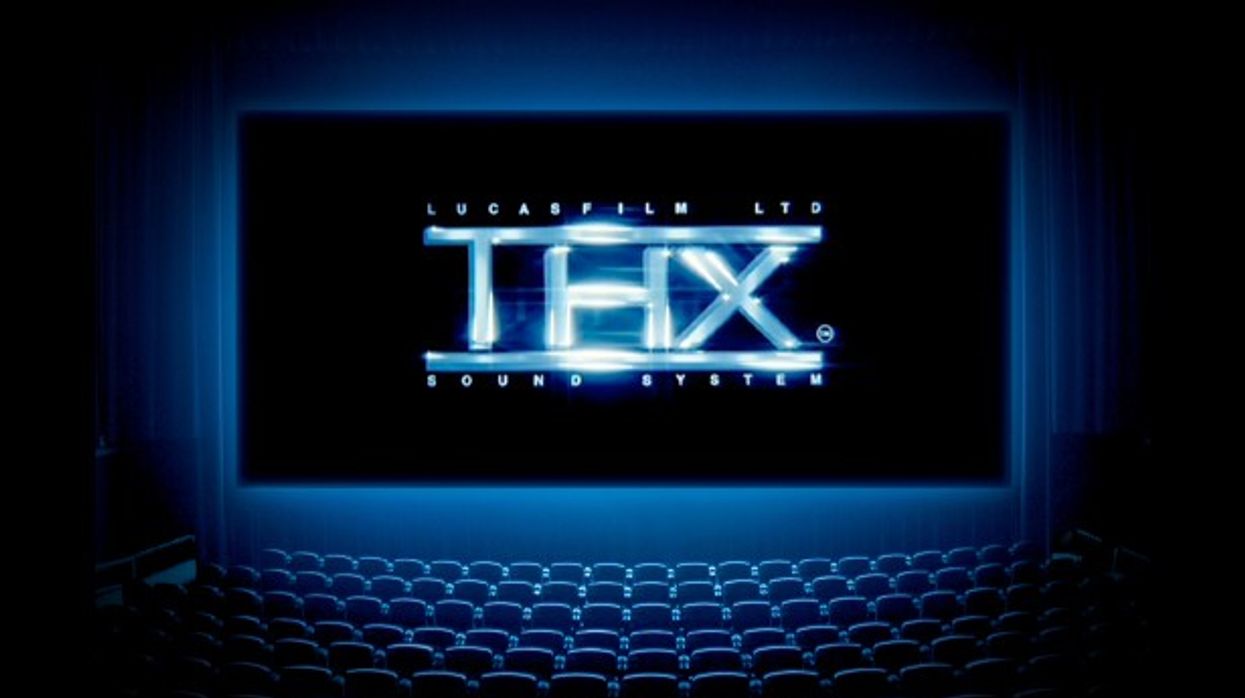With Razer's Purchase of THX, We're One Step Closer to Ultimate Calibration
Gaming computer manufacturer Razer has bought the technical certification company THX, famous for its "deep note" trailer and dedication to picture and audio quality.

When George Lucas was going to a variety of theaters to watch Star Wars, he became frustrated by the inconsistency. Theater to theater, the audio volume and quality would change. The projection brightness and color would vary. He wanted to create a system to ensure that the volume he set in the mixing suite was the same volume audiences heard in the theater.
To do that, he worked with Tomlinson Holmen, the "TH" in THX, to create a set of theatrical standards so that, with Return of the Jedi six years later, he could be 100% sure that the volume set in the mixing stage is what he heard if he snuck into a theater in Omaha.
Now, wouldn't it be nice if we had a laptop with image quality that looked reasonably close to that of its broadcast monitor?

THX has grown from its audio-focused early stages to innovating theatrical quality for both sound and image. A THX-certified theater remains the only one where you can be sure that picture quality and audio fidelity has been specifically measured and calibrated. In 2002, THX spun off from Lucasfilm (and thus didn't get rolled up when Lucasfilm was sold to Disney), and it has now been purchased by Razer.
Razer, if you don't know, is an Irvine, California-based company founded in 1998 that specializes in gaming PCs and laptops. As a large portion of the industry is increasingly focused on mobile computing, the gaming world still has a real focus on powerful hardware for faster performance, especially with graphics. Razer is one of the leaders—along with Alienware, MSI, and XPS—in powerful machines for high frame rate gaming. Luckily for filmmakers, a lot of the key features that make a computer great for gaming also make it great for video image processing.
Every single display device is different; it's incredibly hard to create any sort of standard for your work.
THX has also been public in its desire to set up standards and calibration for VR and AR; we'll likely see that benefit a hardware company working towards that goal. Furthermore, remember that THX is a professional brand which has spent most of its history focused more heavily on pro applications (theatrical presentations, most notably). It has a deep relationship with the filmmaking world.

The same frustration Lucas set out to fix in 1983 faces filmmakers to this day outside of the screening room. Every single display device is different; it's incredibly hard to create any sort of standard for your work. While it isn't likely that the combination of Razer and THX will ensure that your film looks identical on a laptop at the beach as it does on your desktop in an edit suite, it's still a huge opportunity to create machines with calibratable monitors and speakers. Ambient light sensors manufactured to standards overseen by the THX team will help create a more consistent tool for filmmakers.
Razer says that the companies will continue to operate independently and that the THX staff will likely increase by 10-15 people (in lieu of the layoffs that often follow a corporate purchase). Word on the street is that this won't create a shortcut for Razer products to receive THX certification; the same high standards THX is known for will continue.
However, sharing ownership will hopefully lead to some level of collaboration between the engineering teams. Especially considering the weakness of recent Macbook Pro offerings and the growth of GPU power, this purchase makes it much more likely that there will be more Razer laptops on set doing downloads and evaluating images in the near future.













